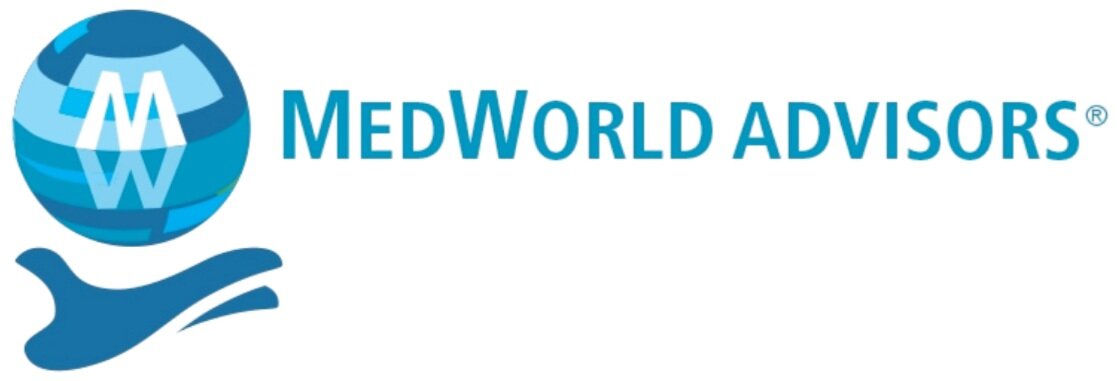Top Five Issues Impacting the MedTech Industry in 2024
To view this article on the Medical Product Outsourcing website, click here.
The dawning of each new year brings with it new opportunities and challenges. Since 2024 could potentially be both historic and dynamic, it is worth examining some of the key issues that might affect the medtech industry this year as well as ongoing undercurrents driving change and fostering growth.
The top five issues facing medtech companies this year are (in no order of importance): the changing dynamics of major OEMs; medical vs. consumer technology; shifting regulatory environments; innovation; and global success in a time of nationalization. Let’s examine each of these issues in more detail.
1. The changing dynamics of major OEMs. Some of the industry’s largest players have orchestrated buyouts and spinoffs in recent years to gain a competitive edge and streamline their competencies. The more notable moves include Medtronic plc’s $2.2 billion spinoff of its Patient Monitoring and Respiratory Interventions businesses; Baxter International’s divestment of its Renal Care and Acute Therapies businesses (the new entity will be called Vantive); and 3M Healthcare becoming its own corporate entity. Following similar actions by GE (the company officially spun off its Healthcare division last January), J&J (its Consumer Health business—Kenvue—separated from its Pharmaceutical and MedTech units last year), and Danaher (its former Environmental & Applied Solutions Segment, Veralto, began trading shares on Oct. 2), the industry is becoming more focused—a change that promises to increase competition and fuel growth. Carlisle Interconnect Technologies, a multi-billion-dollar OEM supplier, could be the next potential convert as it is rumored to be shopping for a buyer. Look for that announcement soon and the implications for both OEMs and suppliers this year.
2. Medical versus consumer health technology companies. The lines have increasingly been blurring between traditional medtech companies (Abbott Laboratories, Medtronic, GE, etc.) and health tech firms (Apple, Alphabet, Bose, etc.). Case in point: Medtronic’s and Abbott’s glucose products are evolving into consumer wearables while Apple and Google have developed wearable health monitoring devices. Competition for the healthcare market has now expanded beyond the traditional borders of the hospital and doctor’s offices, as evidenced by the rise of “hospital at home” care and patient monitoring solutions. It’s an entirely new ballgame. Success in the medtech industry no longer can or should be measured only by the balance sheets of Boston Scientific, Stryker Corp., J&J, and Medtronic. That metric must now include Apple, Google, Best Buy, Walgreens, and others.
3. Shifting regulatory environments. This item surely must keep most CEOs and their regulatory executives awake at night. For starters, the U.S. Food and Drug Administration (FDA) is shifting its relatively stable regulatory environment in two major areas: diagnostics testing and artificial intelligence (AI). In a move some experts consider a major power grab, the FDA wants to make it more difficult for consumers to get simple diagnostic tests by dramatically changing testing certification and clearance requirements. While patient safety should always be the agency’s top concern, this change appears to be sacrificing patient access. On the AI front, the FDA is struggling to define the technology. Clearly, there is a difference between AI and machine learning for precise medical device performance (precision in health is good and therefore, should be encouraged) and generative AI that may draw “garbage in, garbage out” data (even in patient records, etc.). Consequently, these different AI variants must be regulated differently.
The regulatory environment is worse outside the United States. As one industry source recently stated, the European Union has become so adept at regulating AI that it has virtually eradicated innovation. Basically, European regulators are now more concerned about rules than patient care and the regulatory disaster better known as the MDR is only making the product approval process more difficult.
In China, regulations are constantly shifting to benefit and protect home-grown companies. Made in China for China. Loyalty has its perks.
4. Innovation. It is both an exciting and concerning time for medtech innovation. Advancements in hardware and software are helping create new devices that can impact human health in ways not thought possible just one or two decades ago. In the 1990s, for example, the ability to detect atrial fibrillation through a watch was purely science fiction (the internet was barely up and running then). The same holds true for the current batch of continuous glucose monitoring devices for diabetes patients. No painful fingerpricks? Real-time insulin dose adjustments? A small, wearable sensor? Such notions existed (then) only in the minds of the most imaginative visionaries.
Yet the pipeline of these once inconceivable inventions is vulnerable to the world’s economic health and investors’ whims. Last year was one of the worst in the past decade for new device funding. One of the reasons for this poor funding is the uncertain reimbursement environment surrounding medtech. Most entrepreneurs understand the many risks involved in producing a medical device but it is particularly difficult for startups, which can easily get discouraged when they are denied reimbursement for an efficacious, FDA-cleared product that positively impacts patients’ lives. There are many in the industry who are advocates of automatic reimbursement eligibility for FDA-cleared medical devices but the U.S. healthcare system (unfortunately) does not work that way. Thus, patients are often denied access to great care (in some cases) simply due to governmental inertia.
5. Global success in a time of nationalization. This is an election year in the United States and 40 other countries worldwide. There’s not much that hasn’t already been said about these dynamics, though the repercussions from these contests will likely be felt for years to come. Companies would be wise to prepare for possible regime changes, and those organizations operating in one of the war zones (or near them) might want to draft some strategies for growth amid geopolitical unrest.
It appears 2024 may be one of the most dynamic years in medtech history, given the various inflection points (politically, environmentally, technically, etc.) cropping up throughout the world. Although these turning points are challenging and, in some cases, require new ways of thinking, they also create new opportunities to improve patient care and further enhance the technological prowess of cutting-edge medical devices. Capitalizing on these opportunities will allow medtech organizations to continue to grow well into the future.
Florence Joffroy-Black, CM&AA, is a longtime marketing and M&A expert with significant experience in the medical technology industry, including working for multi-national corporations based in the United States, Germany, and Israel. She currently is CEO at MedWorld Advisors and can be reached at florencejblack@medworldadvisors.com.
Dave Sheppard, CM&AA, is a former medical technology Fortune 500 executive and is now focused on M&A as a managing director at MedWorld Advisors. He can be reached at davesheppard@medworldadvisors.com.
To view this article on the Medical Product Outsourcing website, click here.

